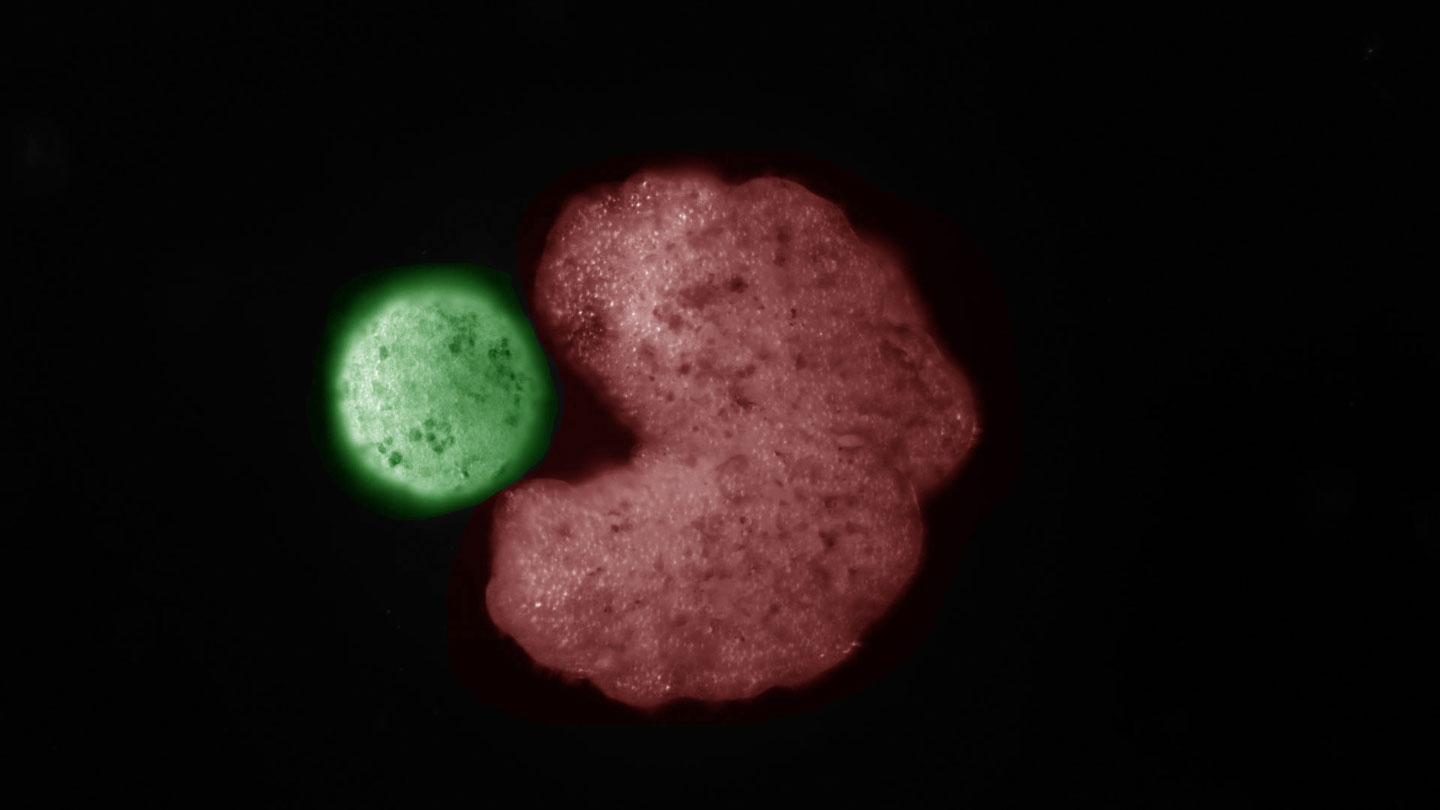Tiny living machines called xenobots can create copies of themselves
[ad_1]
Tiny “living machines” made from frog cells can replicate, making copies that can then do the same. This newly described form of renewal offers insight into how to design self-sustaining biological machines.
“This is an incredibly exciting breakthrough,†for the field of biological robotics, says Kirstin Petersen, an electrical and computer engineer at Cornell University who studies groups of robots. Robots that can copy themselves are an important step towards systems that don’t need humans to function, she says.
Earlier this year, researchers described the behaviors of living, lab-made robots called xenobots (NS: 03/31/21). Torn from the growing bodies of the frogs, small clumps of skin stem cells from frog embryos woven into small spheres and began to move. Cellular extensions called cilia served as motors that powered the xenobots as they sailed around their lab dishes.
This cruise may have a bigger purpose, researchers are now reporting on Dec. 7. Proceedings of the National Academy of Sciences. As the xenobots frolic, they can collect loose frog cells into spheres, which then merge into the xenobots themselves.
This type of movement-created reproduction, called kinematic self-replication by researchers, appears to be new to living cells. Usually, reproductive organisms provide parental material for their offspring, explains study co-author Douglas Blackiston of Tufts University in Medford, Mass., And Harvard University. Sexual reproduction, for example, requires parental sperm and eggs to start. Other types of reproduction involve the division or budding of cells from a parent.
“It’s different here,†says Blackiston. These xenobots “find loose parts, much like robotic parts in the environment, and put them together.” These collections then turn into “a second generation of xenobots who can move around like their parents,” says Blackiston.
Left on their own, the spheroid xenobots could usually only create one more generation before they died out, the researchers found. But with the help of an artificial intelligence program that predicted an optimal shape for the original xenobots, replication was able to be pushed over four generations.
The AI ​​program predicted that a C-shape, much like an open-mouthed Pac-Man, would be a more efficient spawner. Sure enough, when upgraded xenobots were unleashed into a dish, they started scooping up loose cells in their gaping “mouths”, forming more sphere-shaped robots. Mobile offspring took shape after about 50 cells gathered in a parent’s opening, Blackiston says. A full-bodied xenobot consists of around 4,000 to 6,000 frog cells.
The small size of the Xenobots is an advantage, says Petersen. “The fact that they were able to do it on such a small scale makes it even better, because you can start to imagine areas of biomedical application,†she says. Tiny xenobots might be able to sculpt tissue for implantation, for example, or go inside bodies to deliver treatments to specific locations.
Beyond possible jobs for xenobots, the research is advancing an important science, which is of existential importance to humans, says study co-author Michael Levin, developmental biologist at Tufts. That is, “the science of trying to anticipate and control the consequences of complex systems,” he says.
“Originally, no one would have predicted all of this,†says Levin. “These things regularly do things that surprise us.” With xenobots, researchers can push the boundaries of the unexpected. “This is a sure-fire way to explore and advance science to be less surprised by things,†says Levin.
[ad_2]


Comments are closed.